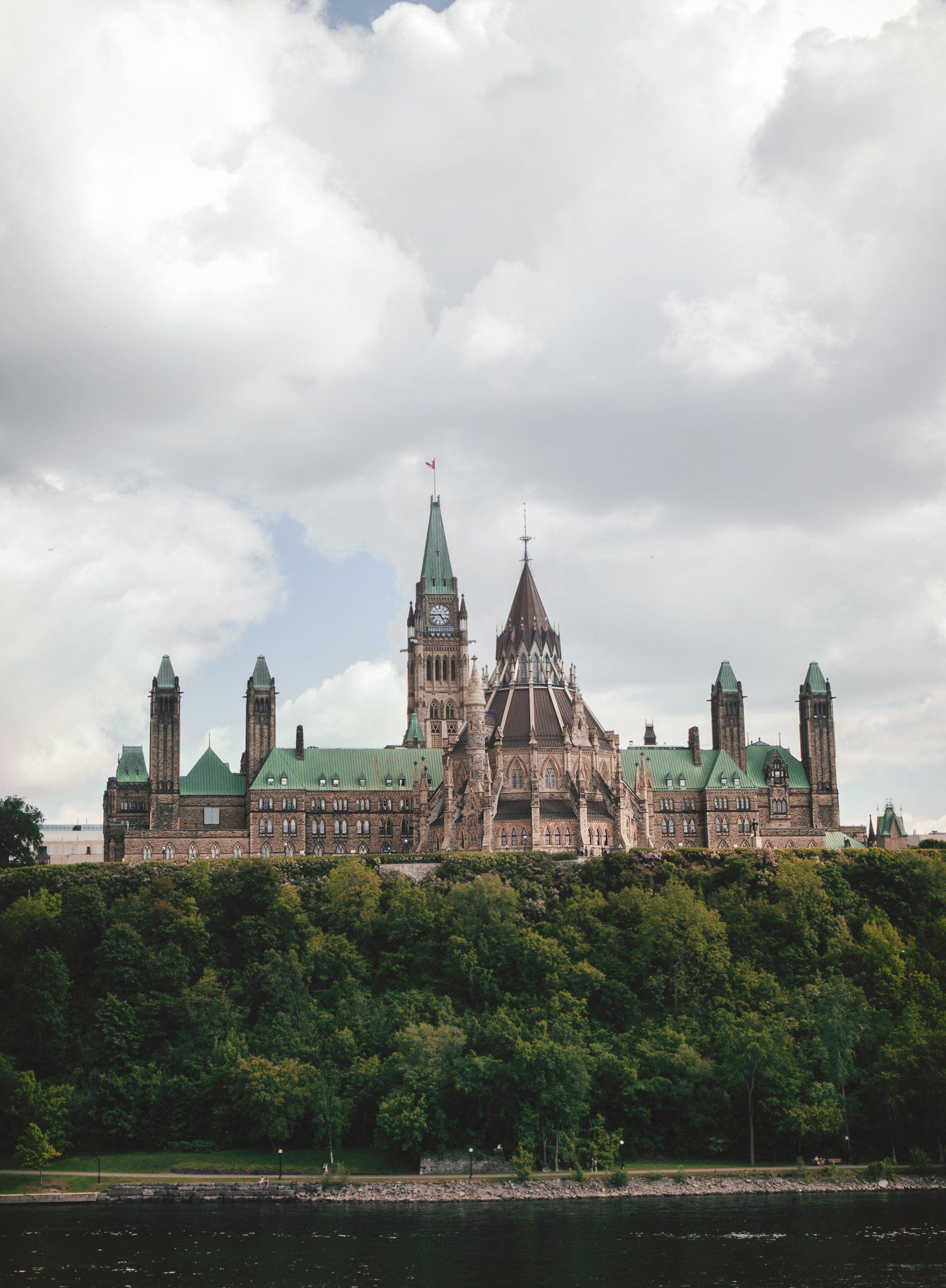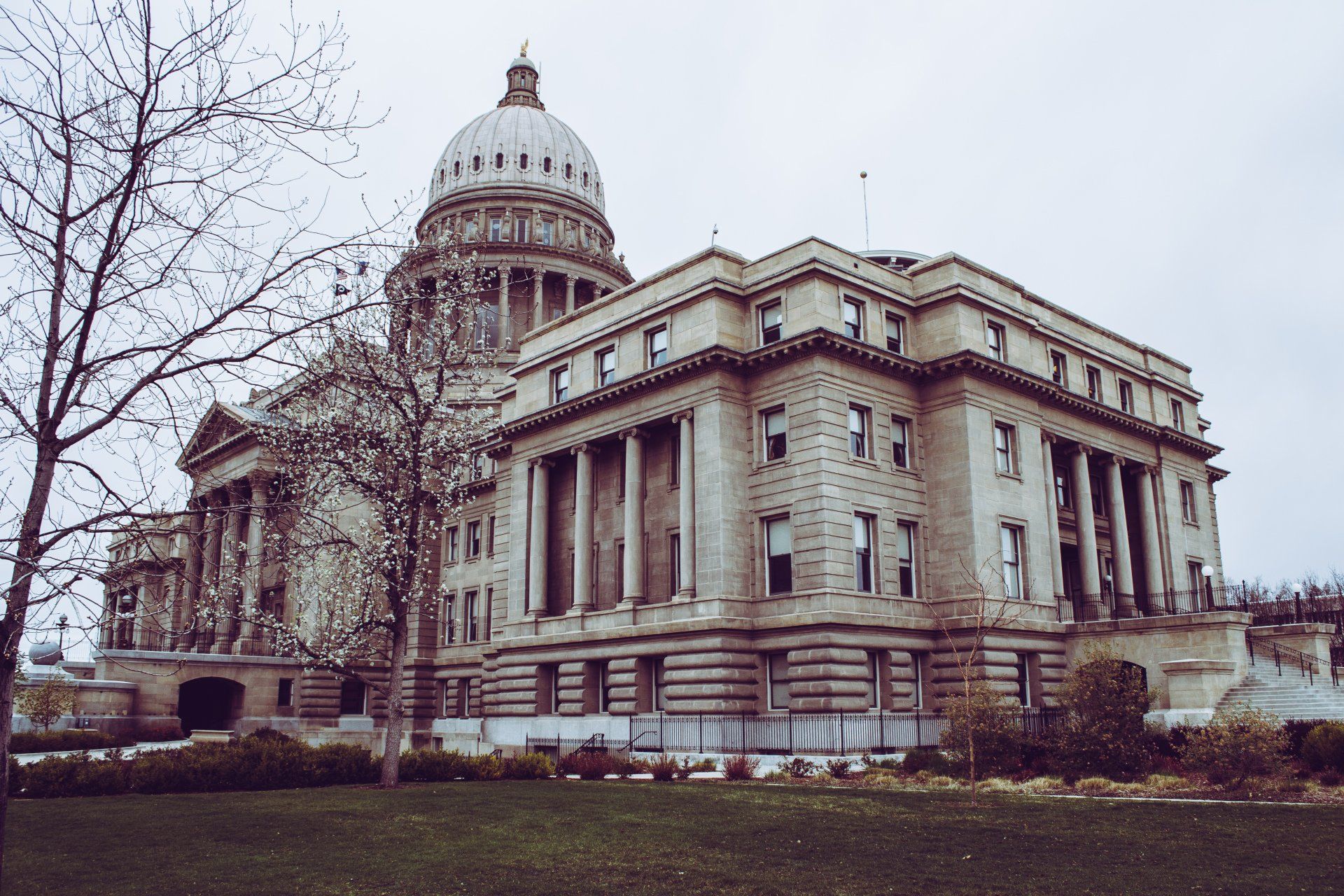Nuclear Power
The Pros and Cons of Nuclear Power Generation
Global energy consumption is steadily increasing. The U.S. Energy Information Administration (EIA) predicts that world energy usage will increase by nearly 50 percent by 2050. Much of this demand will come from emerging economies such as China and India, increased global industrial activity, and transportation.
Today, fossil fuels such as oil, coal, and natural gas account for more than 80 percent of total energy consumption. As the world shifts toward greener alternatives in response to climate change, this large share must be replaced with sustainable, reliable, and cost-effective energy. Nuclear power is one potential energy source. Making up only 4.3 percent of the global energy mix in 2019, many see nuclear power as an opportunity to reduce greenhouse gas emissions.
There are currently over 440 reactors spread across 31 countries. The United States, China, France, Russia, and South Korea produce the most nuclear power. Slovakia generates the largest percentage of its total energy through nuclear at an impressive 82.3 percent, followed by France at 70.6 percent and Ukraine at 51.2 percent.
This article will explore some of the advantages and disadvantages of nuclear power.
The Advantages of Nuclear Power
Low Carbon Emissions
Nuclear power uses a process called fission to split uranium atoms and generate steam which turns a turbine and generates electricity. Unlike coal, oil, or natural gas, nuclear does not produce carbon emissions and is a much cleaner alternative to burning fossil fuels.
When thinking about carbon emissions, it’s also necessary to look at the entire lifecycle of the reactor including construction, transportation of materials, and other processes that need to occur to generate power. A 2017 study in the journal Nature found that, per kilowatt-hour of electricity generated, nuclear emitted just 4 grams of CO2. This is nearly identical to wind and solar and far better than the 109 grams produced by coal, the 78 grams produced by gas, or the 97 grams produced by hydroelectric.
Efficient and Reliable Baseload Power
Renewable energy sources such as wind and solar may be environmentally friendly, but they cannot fully replace the energy generated by fossil fuels in their current form. They lack the reliability and flexibility required to meet demand and they may not work in all locations or at all times of the day.
Energy isn’t always consumed at the same rate. Daily power consumption varies as people move from work to home or turn off appliances and lights at night. Seasonal changes also occur as people switch on air conditioners or heaters and spend more time indoors to escape the weather.
Nuclear power is both highly efficient and reliable, making it a viable way to provide baseload power – the minimum amount of electricity needed at any given time. Fluctuations can then be met with natural gas or renewables that are easier to turn on or off in response to demand.
The U.S. Office of Nuclear Energy showed that nuclear had the highest capacity factor of any energy source. A typical reactor generated maximum power more than 93 percent of the time. Compare this to a typical coal plant, which operated at just 40.2 percent capacity, or solar field, which operated at just 24.9 percent, and it becomes clear how nuclear can play a role in generating stable and reliable power.
High Safety Record
Disasters at Chernobyl and Fukushima have damaged nuclear power’s reputation. Images of mass evacuations, abandoned cities, and radioactive fallout spread around the world and turned the public against nuclear. Germany, which previously had 17 reactors producing nearly 25 percent of its power, decided to phase out all nuclear power by the end of 2022 following the Fukushima meltdown.
Despite its bad reputation, however, nuclear has proven to be an incredibly safe way to generate power. Data from the European Union showed that nuclear power had the lowest number of attributable deaths by energy source.
Further, the World Health Organization estimates that air pollution caused by burning fossil fuels kills 7 million people each year and accounts for 1 in 8 total deaths.
But what about the disasters? Though clean-up efforts are still ongoing ten years after the Fukushima meltdown, the UN Scientific Committee on the Effects of Atomic Radiation stated that there had been no reported adverse health effects among residents directly related to radiation at the site.
The Disadvantages of Nuclear Power
Nuclear Waste and Radioactive Materials
Nuclear waste is one of the first things that comes to mind when thinking about nuclear power – and for good reason. Radioactive waste is a serious problem that does not yet have a permanent solution. Nuclear fuel rods can be used for around 12 – 18 months, at which point they are removed from the reactor and submerged in water for 7 – 10 years to cool. From there, they are transferred into concrete containers and stored in facilities that must be constantly monitored and maintained. This is not a long-term solution, as the waste poses a threat for at least 1,000 years.
The International Atomic Energy Agency estimated that around 370,000 metric tons of spent fuel have been produced. While some of this has been reprocessed, there are still at least 250,000 metric tons stored in 14 countries. New waste is generated at around 12,000 tons per year, and this would increase if nuclear played a larger role in the global energy mix.
Finland, which is building a new reactor to produce 60 percent of its power from nuclear, is also leading the way when it comes to safely and permanently storing nuclear waste. The country is building a storage facility nearly 1,400 feet underground that will hold more than 6,000 tons of spent fuel before being sealed up and abandoned forever. Because it doesn’t require human intervention, the new site has the potential to act as a viable, long-term solution to the problem of nuclear waste.
Difficult, Expensive, and Slow to Build
Nuclear power plants are complex facilities that must be built to the highest safety standards, often in the face of public opposition. As a result, they are also extremely costly to build. A 2008 report found that the estimated cost of a new 1,100 megawatt (MW) nuclear facility was between $6 billion and $9 billion. The same report also found that the actual costs often exceeded estimates by over 200 percent. A more recent analysis of a new U.S. reactor found the cost rose from an initial $3.5 billion to more than $22 billion in just five years.
Nuclear reactors also take longer to build than other types of power generating stations. A 2019 report showed the average construction time was just under 10 years, while other facilities can typically be built in less than four.
Taken together, the cost to develop and install a typical light-water nuclear reactor was $6,866 per kilowatt (kW) of generating capacity, well above the $3,672/kW for ultra-supercritical coal or the $1,846/kW for onshore wind.
Non-Renewable Resource
Despite its low carbon emissions and efficiency at generating power, nuclear is not renewable like wind and solar. Nuclear reactors use uranium as a fuel source, and this must be mined, refined, enriched, transported, and disposed of.
It’s estimated that there are more than 8 million tons of identified uranium resources available. Existing facilities currently use about 70,000 metric tons of natural uranium each year. At current usage, this suggests there is more than 100 years’ worth of supply. However, it’s important to remember that nuclear only accounts for around 4 percent of current energy consumption. If this number grows and nuclear becomes a primary source of power, the limited amount of accessible uranium could pose a significant challenge.
Additionally, the mining and processing of uranium can have negative environmental consequences. Radioactive dust, leaching, increased background radiation, and other toxins are all produced during mining. Toxic tailings that are left over after processing must also be stored in ponds or containment fields and properly cleaned up to limit the impact on the surrounding ecosystems and nearby populations.
Nuclear Power – A Sustainable Way Forward or a Risky Alternative?
Nuclear power will continue to play a role in the global energy mix for some time. While countries like Germany and Japan have decommissioned facilities in response to disasters, others, like China, India, South Korea, and Finland are all moving forward with new facilities to shift away from fossil fuels.
The world must transition from greenhouse gas-emitting energy sources toward a more sustainable future. The cost of new reactors, public opinion, and concerns about radioactive waste will all hold nuclear back from being the primary source of energy any time soon. Looking ahead though, nuclear has the potential to help replace fossil fuels, provide reliable baseload power, and clear the way for the increased use of renewables such as solar, wind, or geothermal. How that happens, and who takes the lead, will be something to watch in the coming decades.


